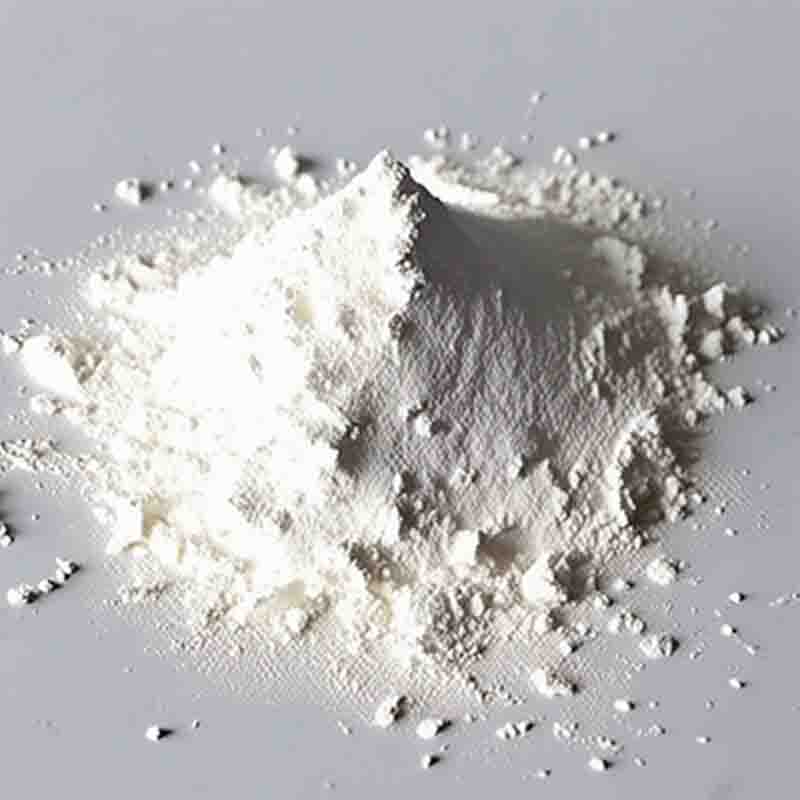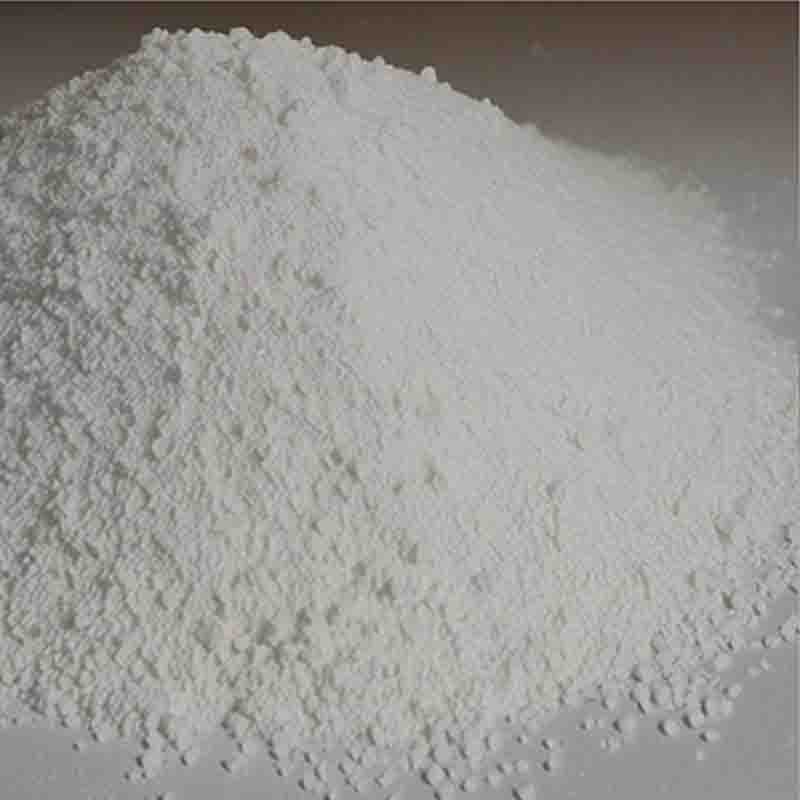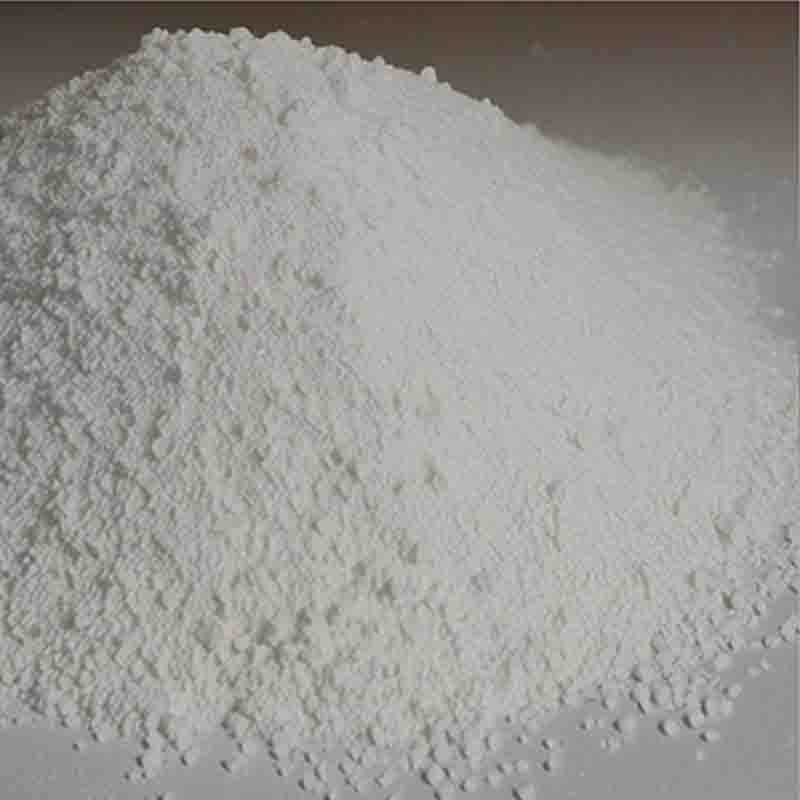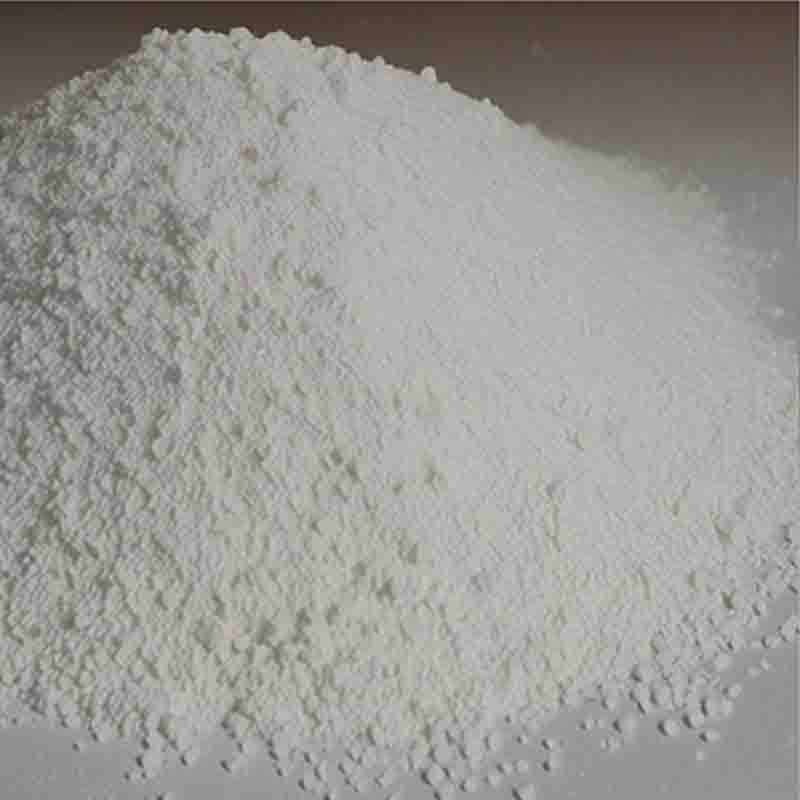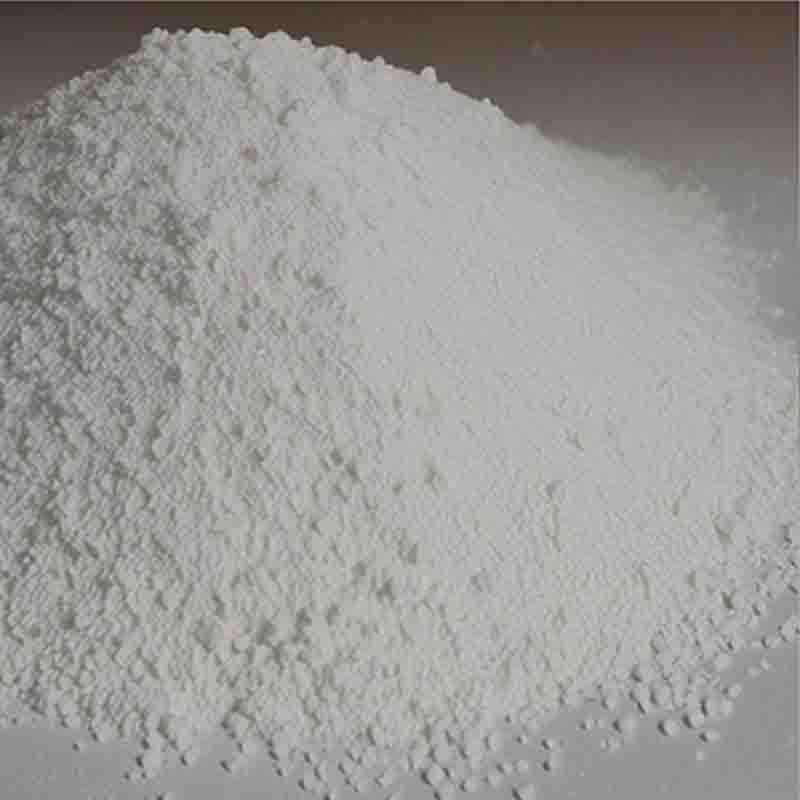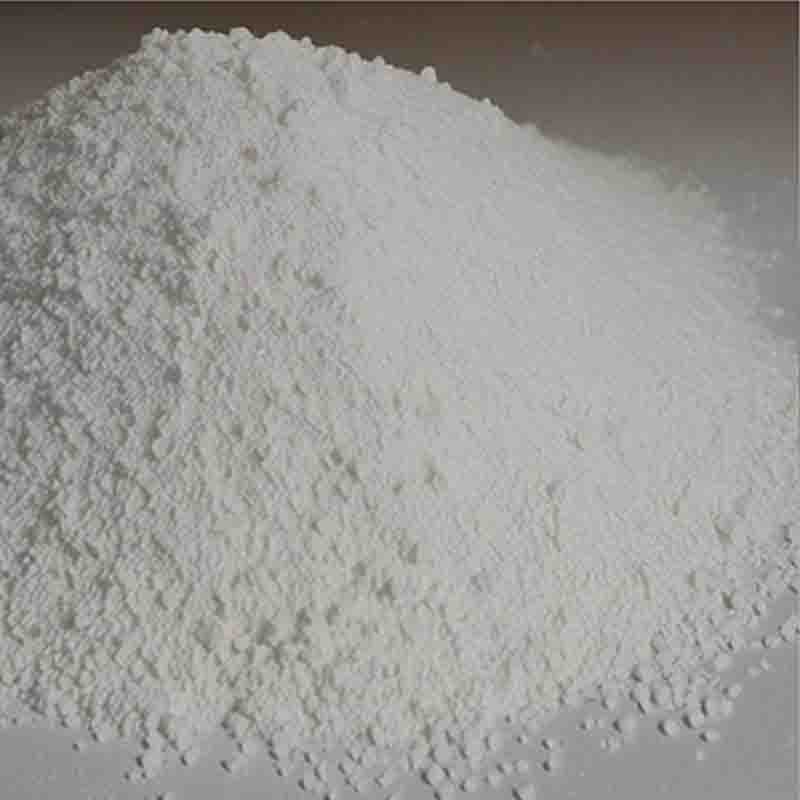Lithiummethoxide CAS:865-34-9
| Catalog Number | XD96258 |
| Product Name | Lithiummethoxide |
| CAS | 865-34-9 |
| Molecular Formula | CH3LiO |
| Molecular Weight | 37.97 |
| Storage Details | Ambient |
Product Specification
| Appearance | White powder |
| Assay | 99% min |
Lithium methoxide is a chemical compound that consists of a lithium cation (Li+) bonded to a methoxide anion (CH3O-). It has various effects and applications in organic synthesis and catalysis.One of the main effects of lithium methoxide is its strong basicity. The methoxide anion is a potent nucleophile and can react with a wide range of electrophiles. It can deprotonate acidic compounds such as alcohols, phenols, and carboxylic acids, giving rise to methoxides, phenoxides, and carboxylates, respectively. This deprotonation ability is often utilized in organic synthesis to form new carbon-oxygen or carbon-carbon bonds.Lithium methoxide is also valuable in alkylations and condensation reactions. It can serve as a strong base in these reactions, enabling the formation of carbon-carbon bonds. For example, it can catalyze the aldol condensation, which involves the self-condensation of an aldehyde or ketone. This reaction is important in the production of various organic compounds, including pharmaceuticals and natural products.Furthermore, lithium methoxide is commonly employed as a catalyst in transesterification reactions. Transesterification involves the exchange of an ester group between an alcohol and an ester, resulting in the formation of a different ester. In biodiesel production, lithium methoxide is often used to convert vegetable oils or animal fats into methyl or ethyl esters. These esters can then be utilized as alternative fuels.In addition, lithium methoxide can participate in other reactions such as polymerizations and elimination reactions. In polymerizations, it can initiate the polymerization of cyclic lactones or cyclic carbonates, leading to the formation of biodegradable polymers. In elimination reactions, it can act as a base and promote the removal of a leaving group, resulting in the formation of a double bond or a new functional group.Overall, lithium methoxide is a versatile compound with various effects in organic synthesis and catalysis. Its strong basicity and reactivity allow it to participate in a wide range of reactions, including deprotonations, condensations, alkylations, transesterifications, polymerizations, and eliminations. Its application in these reactions makes it an important compound in the field of organic chemistry.




